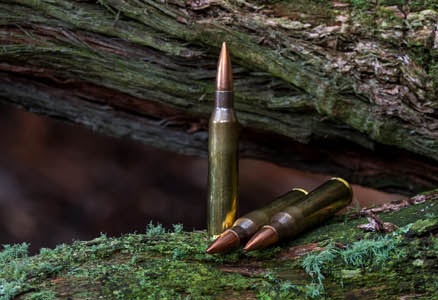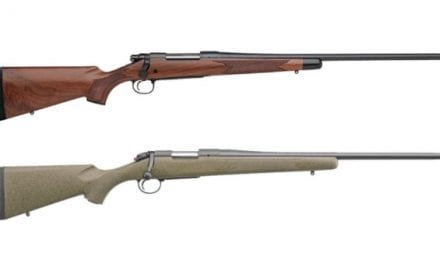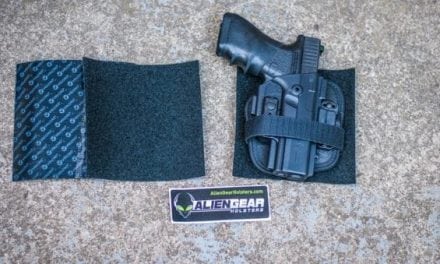 Whether you’re shooting at your local range or you’re out hunting in the bush, you need to ensure that you have the right equipment. Having the right gun, scope, clothing and other essentials are crucial in ensuring that you have the best shooting experience possible. However, arguably one of the most critical things to consider is your ammunition and it’s important that you take the time to understand this crucial component.
Whether you’re shooting at your local range or you’re out hunting in the bush, you need to ensure that you have the right equipment. Having the right gun, scope, clothing and other essentials are crucial in ensuring that you have the best shooting experience possible. However, arguably one of the most critical things to consider is your ammunition and it’s important that you take the time to understand this crucial component.
Understanding how bullets are constructed, what the components are and the different types of ammunition will help you to choose the best ammo for your needs. Different types of ammunition are better suited to different purposes, and the ammunition you choose will have a big impact on how accurate and safe your time at the range or out hunting will be. However, almost all ammo has some commonalities that are important to understand when you’re buying ammunition for your firearm.
Let’s take a closer look at some bullet basics, so you can choose the right ammo going forward.
Bullet Vs. Cartridge
Although many people use the term ‘bullet’ and ‘cartridge’ interchangeably, this is incorrect and is one of the most common mistakes you will hear in gun shops. The bullet is the actual projectile that fires, while the cartridge is the complete round. Understanding the difference between these two terms will help you to make more sense of the other components of what is contained in a typical cartridge case.
Ammunition Components
Pretty much every bullet you will come across has the same basic components. These components are necessary for the bullet to fire safely and accurately from your firearm towards the intended target.
The Bullet
Fitted to the top of the ammunition is the bullet. This is the projectile that is fired from the barrel when the trigger is pulled. Usually, bullets will be made of a soft metal such as lead, which is then encased in a tough metal shell, also known as a ‘jacket’. However, lately, there has been more focus on copper due to lead-exposure concerns with Australian shooters.
The Case
When you are shopping for ammunition, you will be handling the case most of the time when you are looking at the different options available to you. The case is the elements that hold the cartridge together and contain everything required for the ammo to fire correctly. Cases are typically constructed or brass. However, cases can sometimes be made of steel too but these don’t work well with every type of firearm, so be sure to check the manufacturer’s specifications on your particular gun make and model.
Propellant
In order for the bullet to be shot out of the barrel with enough force, a propellant is required. A propellant is an explosive powdered substance that will be triggered when you fire the gun. When it explodes, it causes the bullet to be shot from the gun barrel successfully.
The Rim
At the opposite end of the cartridge from the bullet, is the bullet. Located at the rear end of the casing, this is where the firing pin, or striker, strikes the casing to initiate ignition and fire the round. Depending on the type of firearm you are using you will different types of rims to choose from so that your cartridge sits correctly in the barrel.
Primer
The final piece of the puzzle is the primer. Located at the centre of the rim, the primer is the specific section of the rim that comes into contact with the firing pin when you pull the trigger. The primer contains a charge of powder that produces a small spark to trigger the main propellant charge, forcing the bullet forward out of the barrel when you fire.
Understand Your Ammunition Options And Make The Right Call
With so many different types of ammunition available nowadays, it’s important to have a good understanding of the basics so that you can make the right decision for your next hunt or trip to the gun range. With the right ammo, you will be set up for success the next time you shoot and will be able to get even more from your shooting as you continue to hone your skills.
The post The Ammunition Almanac: A Beginner’s Guide to Bullets appeared first on OutDoors Unlimited Media and Magazine.















